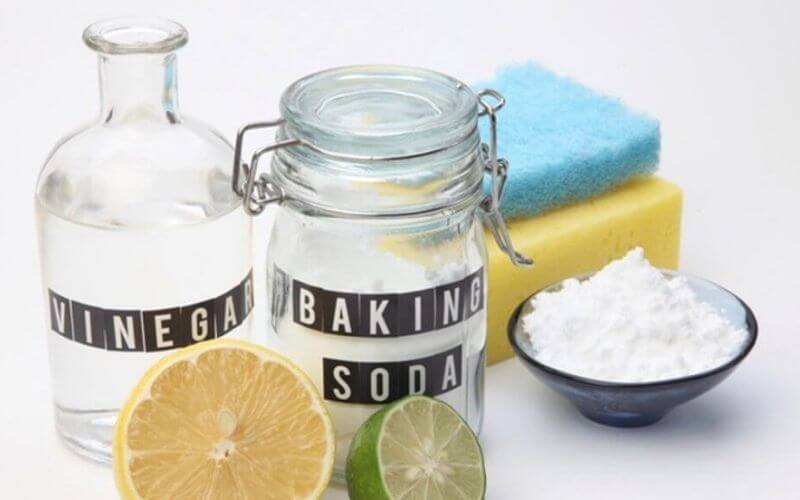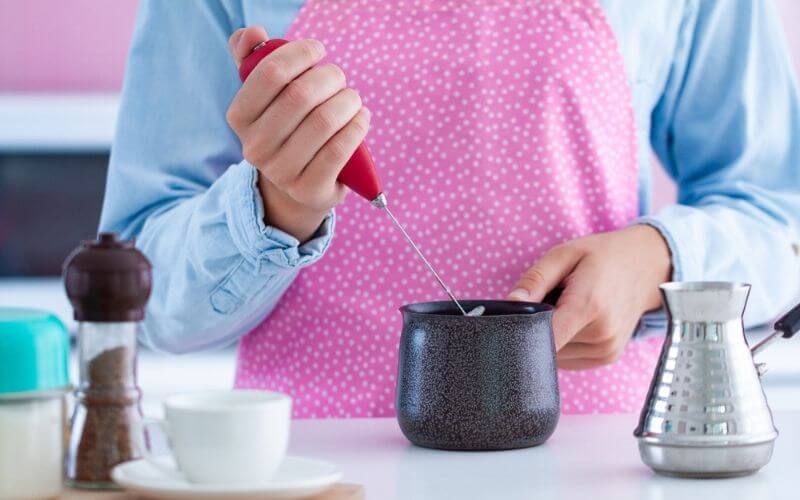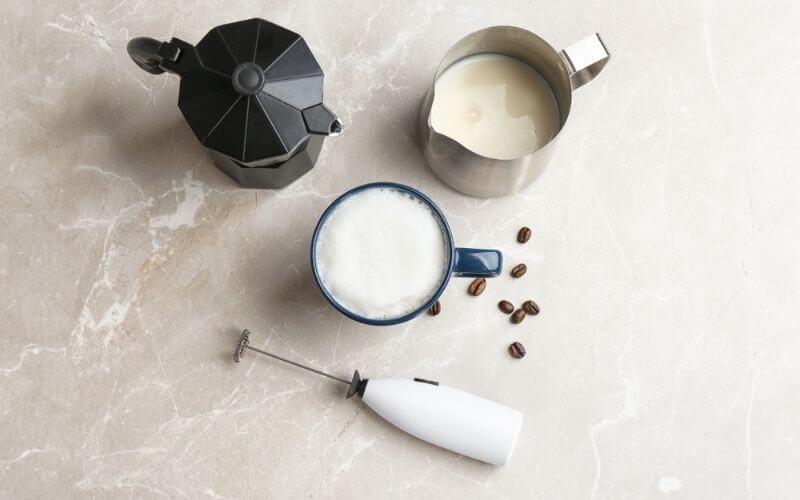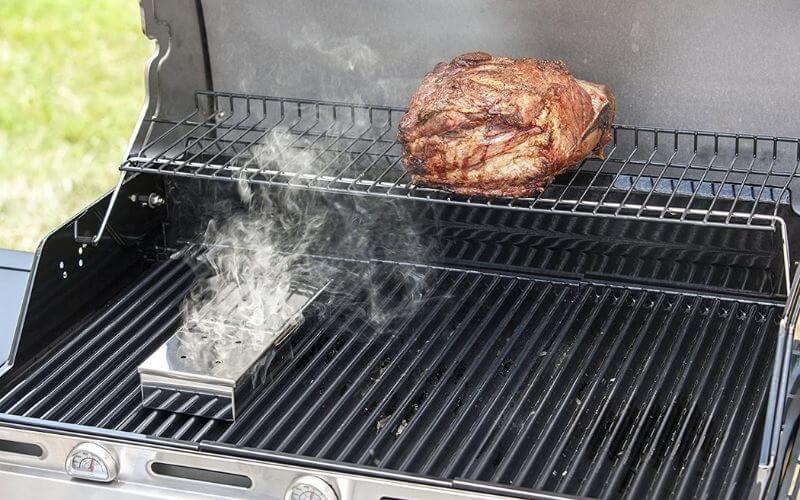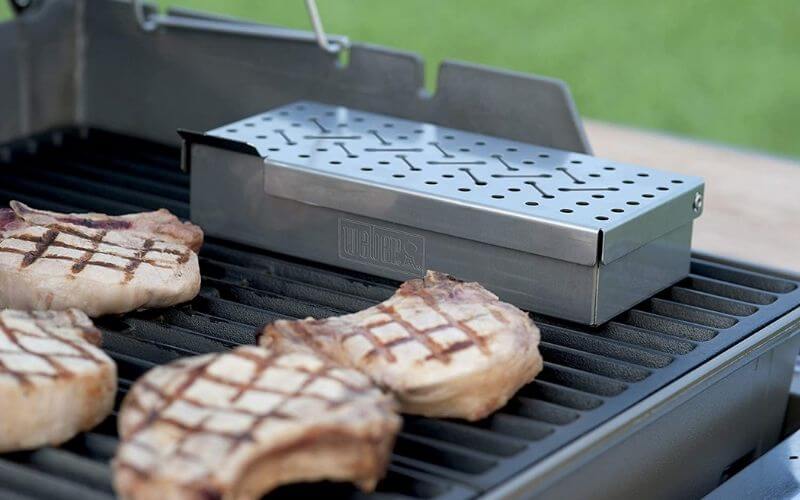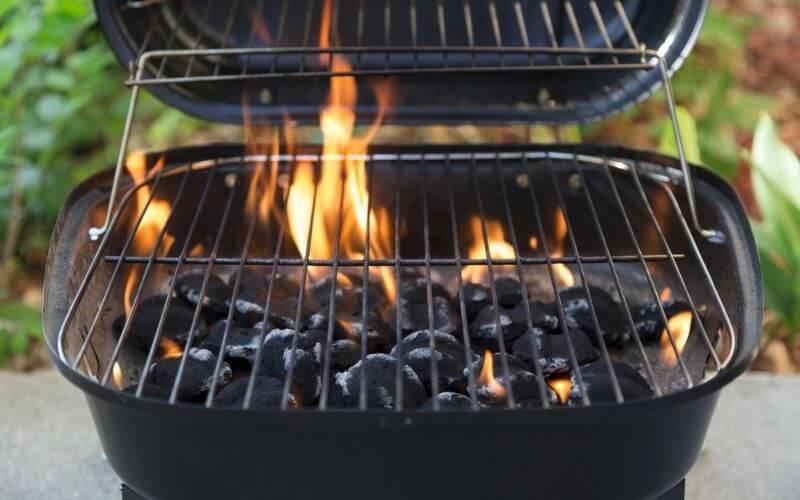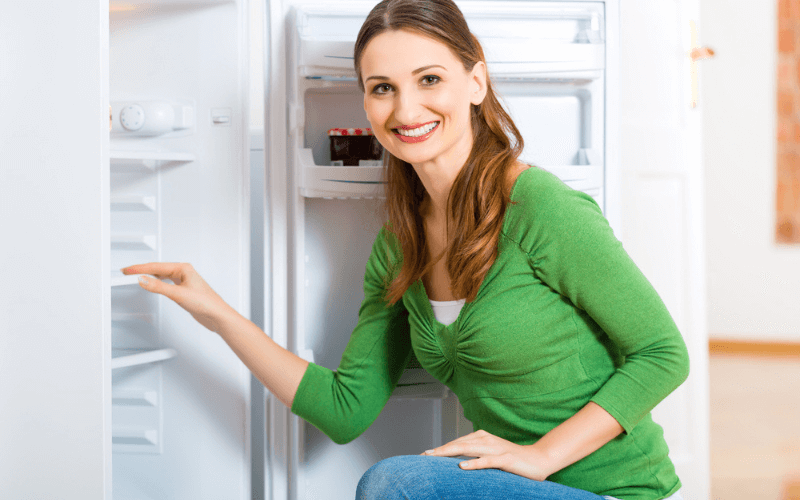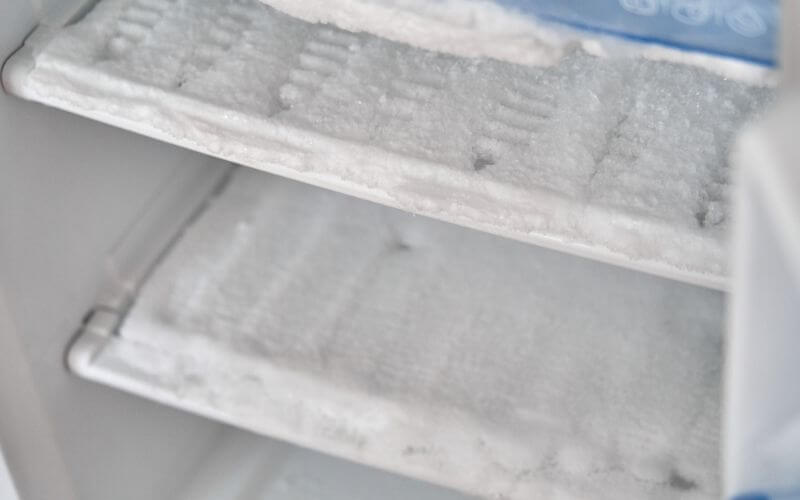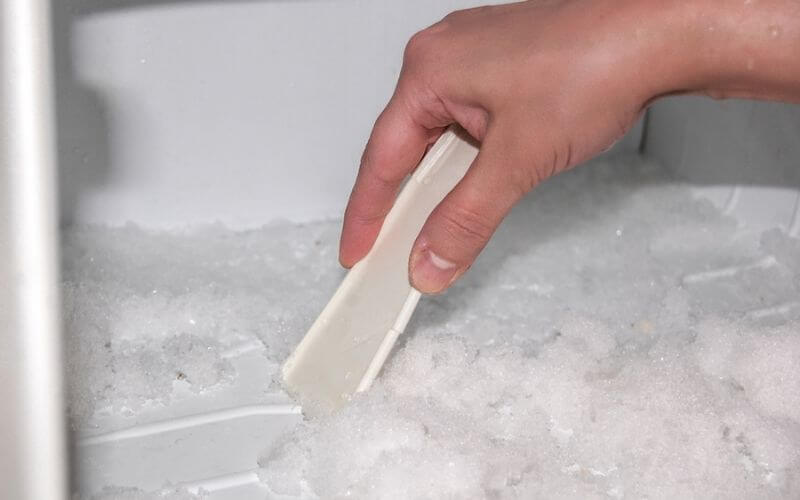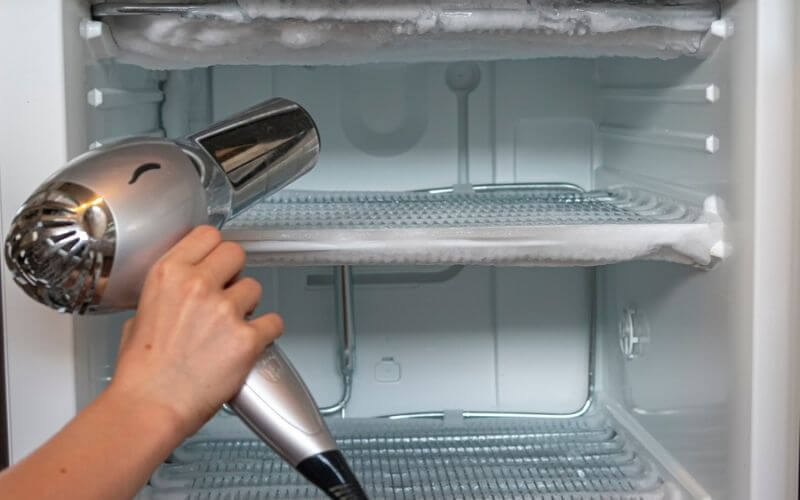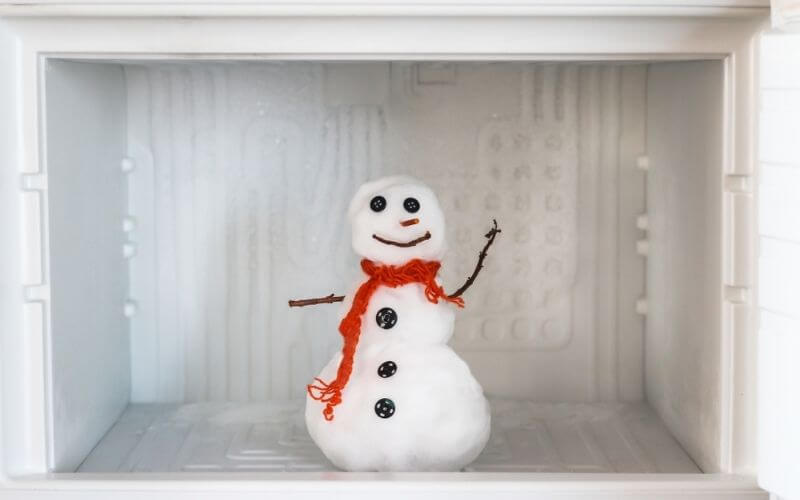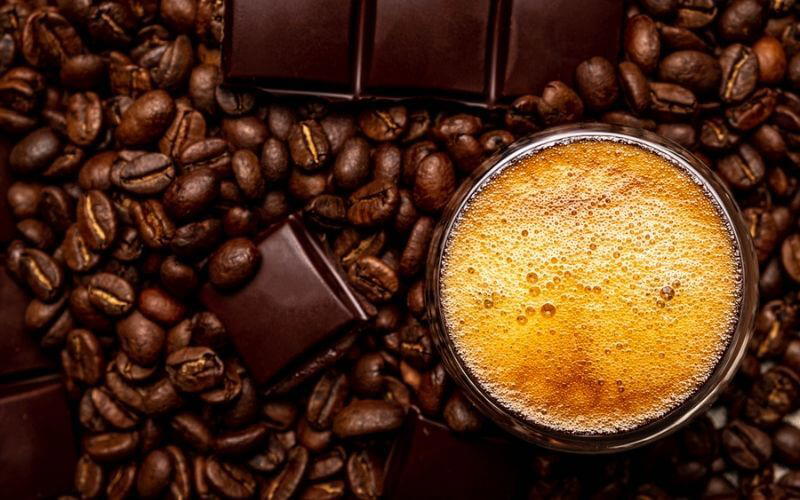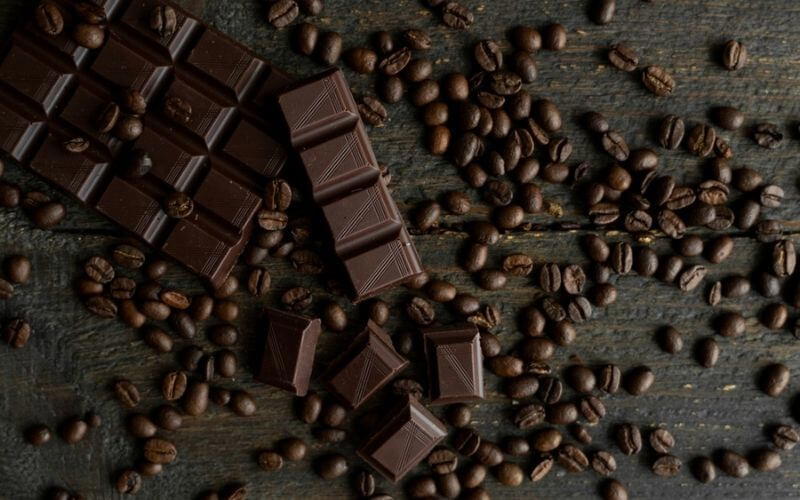Craving lobster tails while waiting for payday? You can order some of the rather overpriced lobster at some fancy restaurant that you’ll regret the next time you look at your credit card bill.
Or you can get yourself some monkfish, prepare it at home and have it with some Rosé, all for a very affordable price point. And the best part? It’ll taste just like high-end lobster!
Monkfish or poor man’s lobster is a great way to enjoy an inexpensive but seemingly fancy dinner. Besides, we’re always on the lookout for great inexpensive seafood recipes.
The fish has almost the same firm, yet soft texture as lobster and pairs well with butter sauces. If you haven’t made monkfish before, it can be a little scary when cooking it for the first time. This guide will show you how to cook monkfish to taste like lobster.
Whether you want to make your faux lobster in the oven, grill it like rockfish, or pan-fry them in a skillet, find out all the cooking tips and secrets right here!
What is Monkfish?

Monkfish are deep ocean bottom-dwellers, generally harvested in the North Atlantic from coastal Norway to the Mediterranean. Instead of swimming, they use their fins to kind of ‘walk’ along the ocean floor and look for prey. They are ravenous feeders and eat almost anything they find.
Each fish can be cut into two thick fillets on either side of the spine, usually weighing between one and four pounds. The tail is popular for its tenderness and mild flavor and is most readily available.
When filleted, the flesh is bright white and the texture and mouthfeel are pretty similar to that of a cooked lobster. This is why there are lots of monkfish recipes that taste like lobster.
Monkfish Taste:
As mentioned earlier, monkfish and lobster have a similar flavor profile and texture. Both fish are bottom feeders as well. Monkfish has a meaty texture, a mild and almost sweet flavor, and pairs well with butter and white wine-based sauces.
Monkfish is also popular because when cooked fresh, it doesn’t have that fishy or muddy taste associated with seafood. It is also the perfect vehicle for taking on sharp, tangy, or bold flavors like lemon, garlic, or capers.
Nutrients:
Monkfish is a lean protein like flounder and halibut. This fish is an excellent source of omega-3 fatty acids, and minerals like phosphorus, selenium.
It also contains vitamin B12, B6, and niacin. Furthermore, it is low in saturated fat, and a three-ounce serving will contribute to just one percent of the recommended daily intake.
Monkfish Storage:
Monkfish needs to be stored in the refrigerator and cooked and eaten within two days of purchasing. If you want to store it for longer, keep it in the freezer.
Tightly wrap the fillets in plastic wrap, then pack in a freezer bag, and force out the air. When stored this way, the monkfish should last up to six months. If you buy frozen monkfish and it has not been defrosted, it can be placed directly into the freezer for up to six months.
Cooked monkfish can be stored in the fridge for up to 2 days. For the best taste and freshness, consume the monkfish the day it is cooked.
Cooking Monkfish to Taste Like Lobster

With just a little effort, you can transform the humble monkfish and make it taste like fine-dining lobster. These recipes will make your monkfish fillets taste and feel just like lobster.
Baking Monkfish:
What You Need:
- 1.5 pounds of fresh monkfish fillets
- 1 teaspoon paprika
- 1 cup of melted butter
- Salt and pepper to taste
- 1 shallot or small red onion
- 2-3 cloves of garlic
- 5-6 sprigs of parsley
- Lemon wedges
Instructions:
- Preheat the oven to 375F.
- Set the monkfish in a shallow baking dish, making sure they are spread out evenly. Drizzle half the butter over the fish and season with salt, pepper, and paprika.
- Bake for 15-20 minutes, until the fish is firm and tender, basting with the seasoned butter from time to time.
- While the fish is baking, heat a small pan and add the remaining butter to it. Add in your finely diced onion, garlic, and sprigs of parsley and cook on low heat, infusing the butter with the aromatics.
- When the fish is done cooking, serve it with the wedges of lemon and pour the infused butter over the top. You can also chop up some fresh parsley for garnishing.
Pan-Seared Monkfish:
What You Need:
- 2 large monkfish tail fillets
- ⅓ cup sun-dried tomatoes with Italian herbs, chopped
- 1 tablespoon sun-dried tomato oil
- 1 tablespoon butter
- 3 tablespoons olive oil, divided
- 2 tablespoons balsamic vinegar
- 2 cloves of minced garlic
- ½ teaspoon white sugar
- Lemon slices
- 2 tablespoons minced fresh parsley
- Salt and ground black pepper to taste
Instructions:
- Mix sun-dried tomatoes, balsamic vinegar, tomato oil, garlic, sugar, and two spoons of olive oil in a small bowl. Stir together to make sure everything is well combined.
- Cut each fillet into 3 to 4 pieces and season with salt and pepper.
- Heat 1 tablespoon olive oil and melt the butter in a large skillet over medium-high heat. Sear monkfish for about 3 minutes or until the first side is golden brown.
- Flip and keep cooking until cooked through around 2-3 minutes. Decrease the heat to low, then remove fish to a plate, and cover with foil to keep warm.
- Add the sun-dried tomato mixture into the skillet and stir around the pan until just warmed and slightly thickened, for around 30 seconds.
- Pour over the fillets to serve and garnish with slices of lemon.
Grilled Monkfish:
What You Need:
- 1 pound monkfish fillets
- 2 scallions, chopped finely
- 2 cloves garlic, minced
- Juice of 1 lemon
- 3.5 tablespoons olive oil
- 2 tablespoons chopped parsley
- 1 bird’s eye pepper, finely chopped
- 6 grape or cherry tomato, diced
- 1/2 teaspoon sea salt
- 1/2 teaspoon black pepper
Instructions:
- Clean the monkfish fillets and pat them dry with kitchen towels. Season with a pinch of salt and pepper. Put them aside for now.
- Mix all the other ingredients well by whisking together to make a dressing.
- Then drizzle two-thirds of the dressing over the fish fillets, and allow to marinate for 5-10 minutes.
- Fire up your grill to 400-450F. Brush the grill with a little oil and place the fish fillets on it.
- Close the lid and let it cook for 2-3 minutes.
- Flip over the fillets, and pour the remaining marinade on top. Place the lid back on.
- Flip one more time if necessary. Depending on the thickness of the fillets, you will need to grill it for 6-10 minutes in total.
- Serve the fillets and pour the remaining dressing on top.
Have Any Questions?
Here you will find answers to questions people often have about cooking monkfish to taste like lobster.
01. Does Monkfish Taste Good?
Monkfish lacks the fishy taste that other seafood often has. The flesh is also mild and firm and takes on the flavors of sauces very well.
02. Is Monkfish Expensive?
Monkfish is a pretty affordable fish, which makes it more easily accessible for everyone.
03. Why Does Monkfish Taste Like Lobster?
Like lobster, monkfish is a bottom-feeder and lives on the ocean floor. This makes them closely related species. Also, they have a similar kind of flesh, in terms of texture and appearance. All these reasons make monkfish taste like lobster.
04. How Should Monkfish Be Cooked?
For the best results, monkfish should be baked or pan-fried. However, you can also deep fry them or grill them.
05. Is It Hard to Cook Monkfish?
Monkfish is pretty easy to cook, especially when filleted. It takes just a couple of minutes to bake, grill, or cook on the stovetop and it compliments most sauces and marinades.
In a Nutshell
Monkfish AKA poor man’s lobster is a healthy and delicious meal that won’t burn a hole in your wallet. The soft, flakey, and tender flesh is a perfect vehicle for buttery sauces and it pairs well with tangy dressings and fresh salads.
Knowing how to cook monkfish to taste like lobster will give you an easy weekday meal that will lift your spirits and help you celebrate any small victory. And with all that being said, do you think monkfish should be baked or seared?


